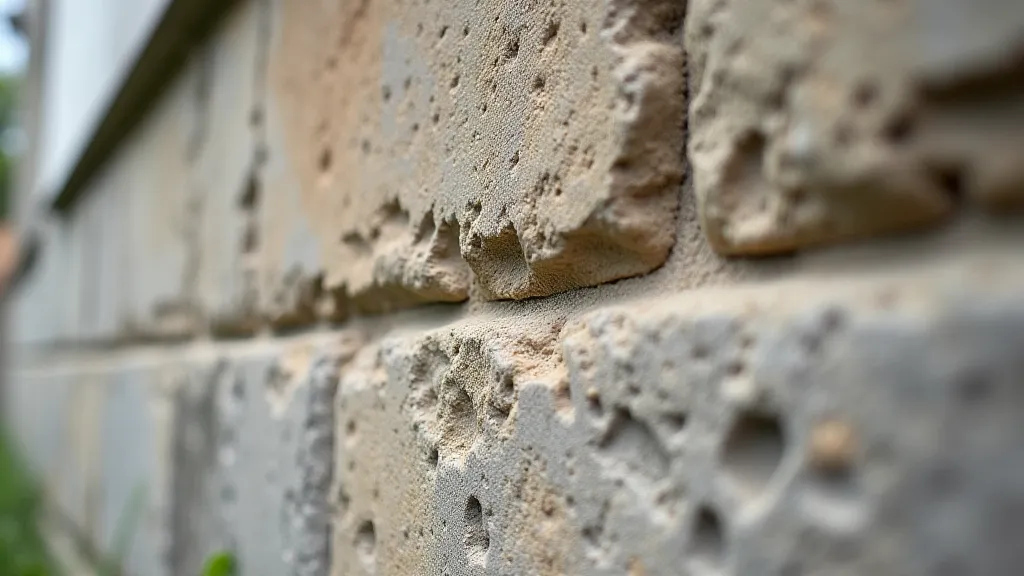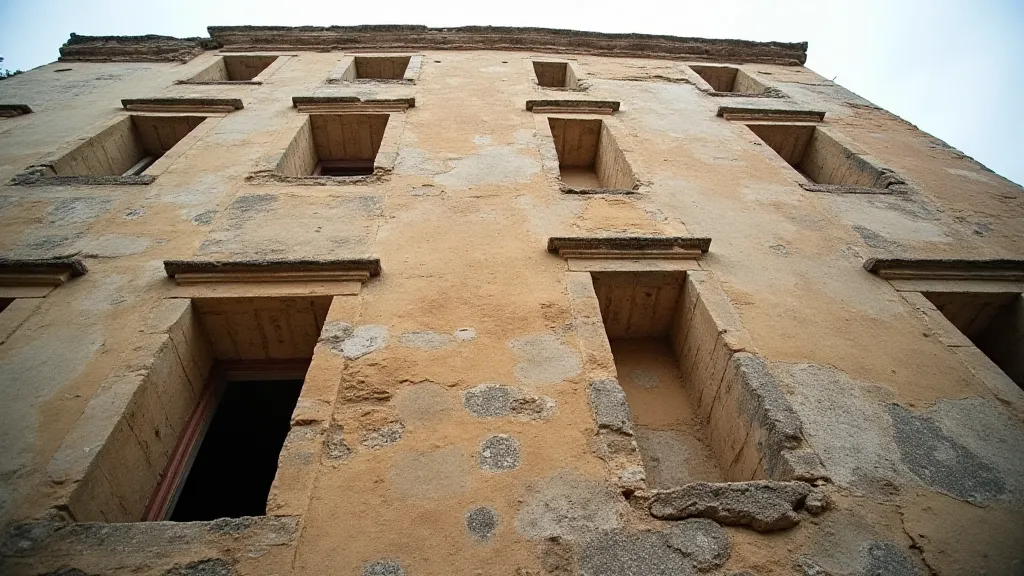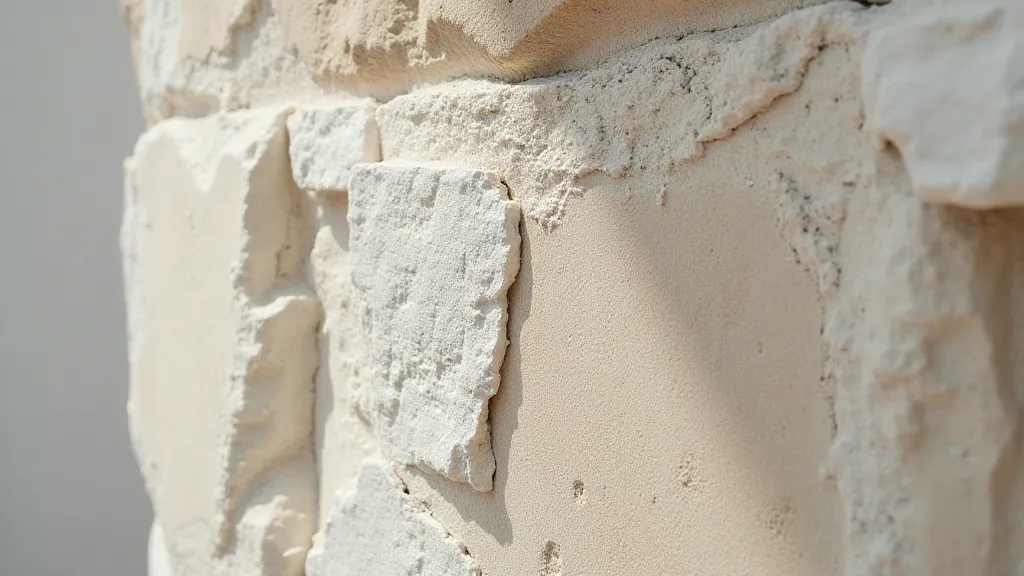Stone Whispers: The Untold Stories Etched in Limestone Facades
There’s a quiet beauty to old buildings, a solemn grace that speaks of time’s passage. But beyond the aesthetic appeal, older structures, particularly those built of limestone, hold secrets whispered by the elements. These aren’t the grand, declarative statements of architects; they’re subtle etchings, a layered narrative revealed by centuries of weathering, erosion, and human interaction. We often look at architecture for its intended purpose – a place of worship, a home, a civic center. But what if the stone itself became the storyteller?
My fascination began unexpectedly. As a child, I spent summers in rural Vermont, surrounded by weathered barns and stately homes crafted from local limestone. Initially, I was drawn to the solidity, the sense of permanence that these buildings exuded. They felt untouched by the frantic pace of the modern world. But over time, my attention shifted. I began to notice the pockmarks, the discolouration, the gentle curves sculpted by wind and rain. It wasn't about the building itself anymore; it was about the story it carried, etched into its very skin.

Limestone: A Canvas of Time
Limestone, formed from the accumulation of marine organisms over millions of years, is a sedimentary rock prized for its beauty and relative ease of working. Its porosity, however, is also its vulnerability. Rainwater, laden with acidic pollutants or simply carrying microscopic particles of sand and silt, slowly dissolves the calcium carbonate that forms the bedrock. This process, known as karstification, creates the characteristic pitting and grooving we see on aged limestone buildings. The rate of this erosion is dictated by a complex interplay of factors: rainfall intensity, air pollution levels, the presence of organic matter, and even the geological composition of the surrounding environment. Understanding how environmental factors have shaped our built world is a fascinating field, and sometimes the secrets are deeply intertwined with the river’s embrace that initially defined settlement patterns.
Consider a limestone church in industrial England during the Victorian era. The increased levels of sulfur dioxide released from coal burning significantly accelerated the erosion process, leaving behind a distinctive orange-brown staining – a visual testament to the era's environmental impact. Contrast that with a limestone building in a relatively untouched rural area; the erosion will be significantly slower, allowing for a more nuanced, almost delicate, pattern of decay to emerge.
The Human Touch: Beyond Natural Forces
Of course, the story isn's only written by nature. Humans, too, have left their mark. The deliberate smoothing of stones during construction, the accidental scarring from tools, the subtle changes made during repairs and renovations – all contribute to the building’s narrative. Look closely at the joints between stones. The mortar used originally might have been lime-based, softer and more porous than modern cementitious alternatives. Its deterioration creates a visual distinction, highlighting the building’s structural evolution. The meticulous records kept by architects and preservationists sometimes reveal a hidden world, like the unwritten chapters contained within architectural archives, offering further insight into a building's lifespan.
I recall assisting my grandfather, a retired stonemason, with a small repair on an old farmhouse. He pointed out the subtle differences in the tool marks on the original stones versus the replacement ones. The original stones bore the evidence of hand-carving; the new ones, though expertly crafted, betrayed the precision of modern power tools. It wasn't about superiority; it was about understanding the era of creation, the very human hands that shaped the stone.

Deciphering the Clues: A Detective's Eye
Learning to read these stone whispers requires patience and a keen eye. The colour variations aren't simply aesthetic; they tell tales of algae blooms, lichen colonies, and the chemical reactions triggered by pollutants. Pitting can indicate the presence of specific mineral deposits in the rainwater. The shape and size of the eroded features can reveal information about wind patterns and rainfall intensity over time. The sound a building makes is often a tell-tale sign of its age and construction methods – something explored more deeply in articles examining the house of echoes and acoustic design in historical buildings.
There’s a growing appreciation for this kind of "stone biography." Architectural historians and conservationists are employing sophisticated techniques – microscopic analysis, chemical testing, even drone-based photogrammetry – to reconstruct the history of buildings based on the patterns of decay. This isn’t just about preserving the visual appearance; it’s about understanding the building’s relationship to its environment and the people who interacted with it. Sometimes the stories are heartbreaking, telling of lost lives and disrupted communities, echoes of which remain within the very fabric of the structure, as documented in articles on the ghosts in the gable and vernacular architecture.
Restoration and Appreciation: Respecting the Past
The temptation to "restore" limestone buildings to a pristine state is understandable. But true conservation recognizes that the weathering and erosion are integral to the building’s story. Stripping away the patina of age is akin to erasing chapters from a book. Instead, conservation efforts should focus on stabilizing the stone, repairing damage, and ensuring the long-term health of the structure, while respecting its historical character. Understanding the long-term impacts of construction choices requires a broader understanding of cultural heritage and preservation methodologies.
For those interested in collecting or investing in older buildings, understanding the condition of the limestone is paramount. Look beyond the superficial beauty; assess the extent of weathering, the quality of the mortar, and any signs of structural instability. A building with a compelling story etched in its stone facade is not just a property; it's a living artifact, a tangible connection to the past. Further research into the construction methods and the social history of a building can often shed light on its structural integrity and overall value.

Beyond the stone itself, the mortar that binds it together plays a crucial role in a limestone building’s longevity and character. Originally, lime-based mortars were the norm, crafted from burned limestone and combined with aggregate. These mortars are naturally porous, allowing for a degree of movement and breathability within the structure. This adaptability helps prevent damage caused by freeze-thaw cycles and moisture buildup, a common problem in regions with harsh climates.
The switch to cementitious mortars in the 20th century, while offering increased strength, often proved detrimental. Cementitious mortars are less flexible and can trap moisture, leading to spalling and accelerated deterioration of the limestone. Furthermore, the chemical incompatibility between lime and cement can create a vicious cycle of damage.
When undertaking conservation work, it's imperative to utilize compatible mortars that mimic the original composition. This often involves meticulous analysis of existing mortar samples and careful selection of materials. The goal is not just to repair the visible damage, but also to ensure the long-term health and stability of the entire structure.
The story etched in limestone isn’t solely about natural weathering; it's also a chronicle of human impact on the environment. Industrial pollution, particularly sulfur dioxide emissions from coal-burning factories, has left a lasting mark on limestone buildings in many regions. This pollution reacts with the limestone, forming sulfates that expand when heated and contract when cooled, causing cracking and disintegration.
Acid rain, formed when pollutants mix with atmospheric moisture, also contributes to the erosion of limestone. While natural rainfall is mildly acidic, the increased acidity caused by human activities accelerates the process of dissolution.
The consequences of climate change, including more frequent and intense storms and fluctuating temperatures, further exacerbate the challenges of preserving limestone buildings. Rising sea levels pose a direct threat to coastal structures, while increased humidity can promote the growth of algae and lichens that damage the stone surface.
Modern conservationists employ a range of sophisticated scientific techniques to decipher the secrets held within limestone facades. These methods go far beyond visual inspection, providing detailed insights into the history and condition of the stone.
- Microscopic Analysis: Examines the surface of the stone at a microscopic level to identify the types of weathering and biological activity present.
- Chemical Testing: Analyzes the chemical composition of the stone and mortar to determine the presence of pollutants and assess the extent of degradation.
- X-Ray Diffraction (XRD): Identifies the mineral components of the stone and mortar, providing insights into their origin and alteration.
- Photogrammetry: Creates detailed 3D models of the building's facade, allowing for precise measurement of erosion patterns and identification of areas of concern.
- Drone-Based Surveys: Provides a bird's-eye view of the building, facilitating the identification of structural weaknesses and the assessment of overall condition.
The next time you encounter a limestone building, take a moment to look beyond its overall appearance. Observe the subtle nuances of its surface, the gentle curves, the pockmarks, the discolouration. Listen to the stone whispers. They tell a story of time, of weather, of human interaction – a story that is often more profound than any grand architectural statement. These are the stories etched in limestone, silently waiting to be heard.





